It’s no secret that doing the laundry is not on many people’s top list of favorite house chores. No matter how smart your washer and dryer are, you still have to do a lot of sorting, treating stains, and loading and unloading. If you’re like me, you try to put off doing the laundry until the very last minute. That is, until your wardrobe is empty and your hamper is full. The good news is, you don’t have to wash your clothes after a single wearing.
The following table shows you how often you should wash your clothes after wearing them.
| Garment | Wearings |
| Shirts | 1-2 |
| blouses | 1-2 |
| Dress pants | 6 |
| Skirts | 6 |
| Jeans | 5 |
| Sweaters | 6 |
| Whites and silks | 1 |
| Suits/blazers/casual jackets | 5-6 |
| Workout clothes | 1 |
| Sleepwear | 2-3 |
Unless you’re doing a manual job that exposes you to a lot of pollutants and dirt, chances are your clothes can handle more than an outing before they start to get dirty. There are exceptions, of course. But in general, you can expect your shirts, pants, skirts, and dresses to give you more mileage before you have to drop them into the washer. Read more to find out how to cut down on laundry chores.
Why Wear Clothes More than Once?

Have you ever asked yourself why do you have to wash the clothes after you wear them? It’s a habit ingrained in us from the early years. You can’t go out wearing yesterday’s clothes. The clothes smell, and people will notice. But we seem to have taken this process to the extremes. While washing clothes is a healthy requirement as well as an acceptable social etiquette, not all clothes need washing so often.
The truth is, most of the time your clothes come home on you just as good as when you left in them. We hardly sweat in the climate-controlled environment we live in. This applies to all types of outings, from the office to an evening out with your friends. Moreover, some fabrics require less frequent cleaning than others. Denim comes at the top of the list.
That said, some outfits are best washed every time you use them. Workout clothes that get soaked with sweat cannot be worn twice in a row. Sweat breeds mold and encourages bacteria and pathogens to build up. Besides the odors, the clothes become a health risk that could lead to all kinds of skin diseases and infections.
But apart from these extreme cases of clothes you wear to the gym, you should reconsider your laundry strategy when it comes to other types of clothes.
How Many Times Can You Wear Clothes Before Washing?

The type of fabric, your own lifestyle, and the environment around you are all factors that determine how often you should wash your clothes. If you live in the suburbs where pollution is at a minimum, and you commute to work in an air-conditioned environment, chances are your work clothes can survive more than one wearing.
Jeans
You should wash your jeans after 5 wearings.

Jeans are known for their durability. They were designed specifically by Levi Strauss for the people working in the mines. They resist wear and tear and can put up with a lot of sweat and dirt before they show it. Unless you work in extremely dirty conditions with high humidity, chances are, your jeans will look clean and smell fresh for up to 5 wearings.
But even if they look good and pass the smell test, you shouldn’t neglect to wash your jeans. The sweat stretches the fabric and makes it look loose. Denim should be washed in cold water to avoid stretching it. The color might also fade in hot water.
Whites and Silks
You should wash whites and silks after one wearing.
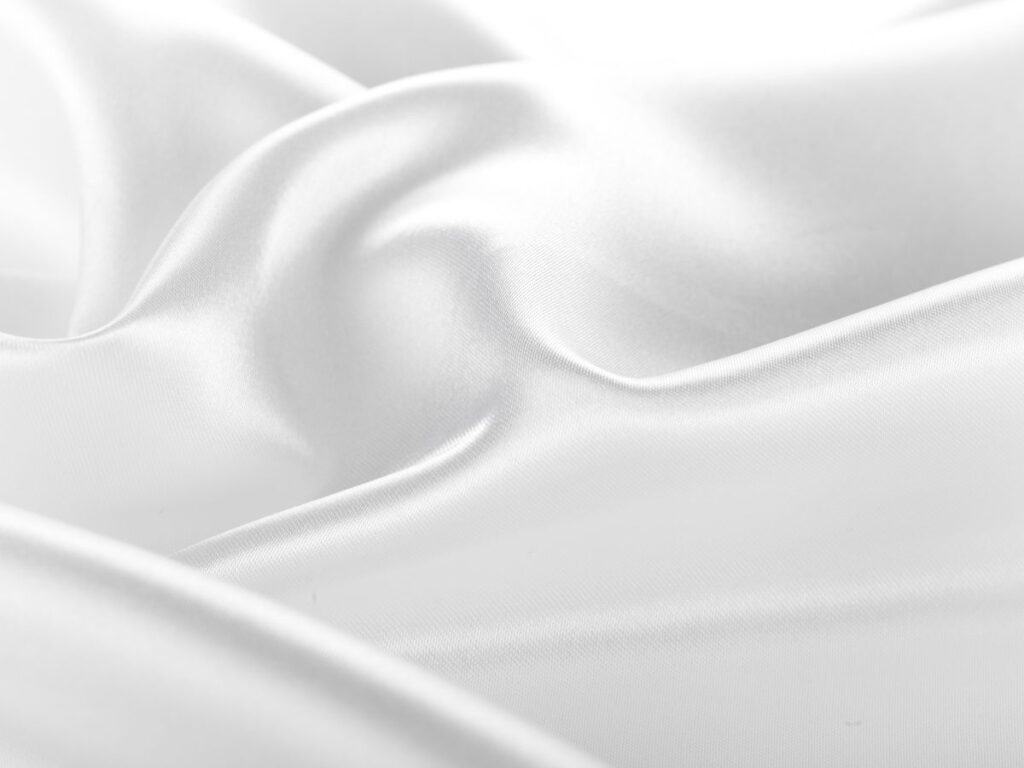
Outer clothes are exposed to the environment and the pollutants in them, but inner clothes, the ones closest to your skin, are on the front lines of the sweating pouring out of your pores. Whites refer both to innerwear as well as white outerwear. They both have less tolerance for sweating and dust. The same applies to silk garments. Silk will show every speck of dust that falls on it and parade it with pride.
White clothes don’t stay white when you’re done with them. Look closely, and you’ll find a stain somewhere. There’s no other option but to wash them after each wearing. The good news is, they won’t fade with lots of washing.
Dress Pants and Skirts
You should wear them after 6 wearings.

It’s not that the skirt or dress pants are tougher than denim or can handle more sweating. Because they don’t. If anything, dress pants and skirts are made of thinner fabrics that show dirt and sweat rather quickly. But it’s the environment and the occasions that you wear these items that make the difference.
Most of the time, you wear dress pants or skirts to small outings like brunch with friends, a movie and dinner, or when you go shopping. By the time you get home, they will not have changed much. Hang them outside the wardrobe and let them air a little, and they’re good to go for a few more outings.
Overwashing such delicate clothes can make them fade quickly. So the less often you wash them, the longer they will stay with you.
Gloves, Scarves, and Hats
You should wash gloves, scarves, and hats about once a month.

One thing about scarves, hats, and gloves is that they’re made of sturdy and thick fabrics that repel moisture and dirt. Hats, in particular, are less likely to get a lot of dirt and sweat. The dirt often comes from the oil in your hair which attracts dust. Winter hats need only to be washed 4 times during the season.
The same applies to both gloves and scarves. If you wear scarves for fashion and not to protect your neck against the cold, you’ll not need to wash them more than once every 6 wearings. For the scarves that keep you warm, you can wash them 4 times during the whole winter.
As for gloves, unless you sweat in them considerably, all you have to do is turn them inside out, let them air then use them. Again the 4 washings per season rule apply to gloves as well.
T-Shirts
You should wash T-shirts after each wearing.
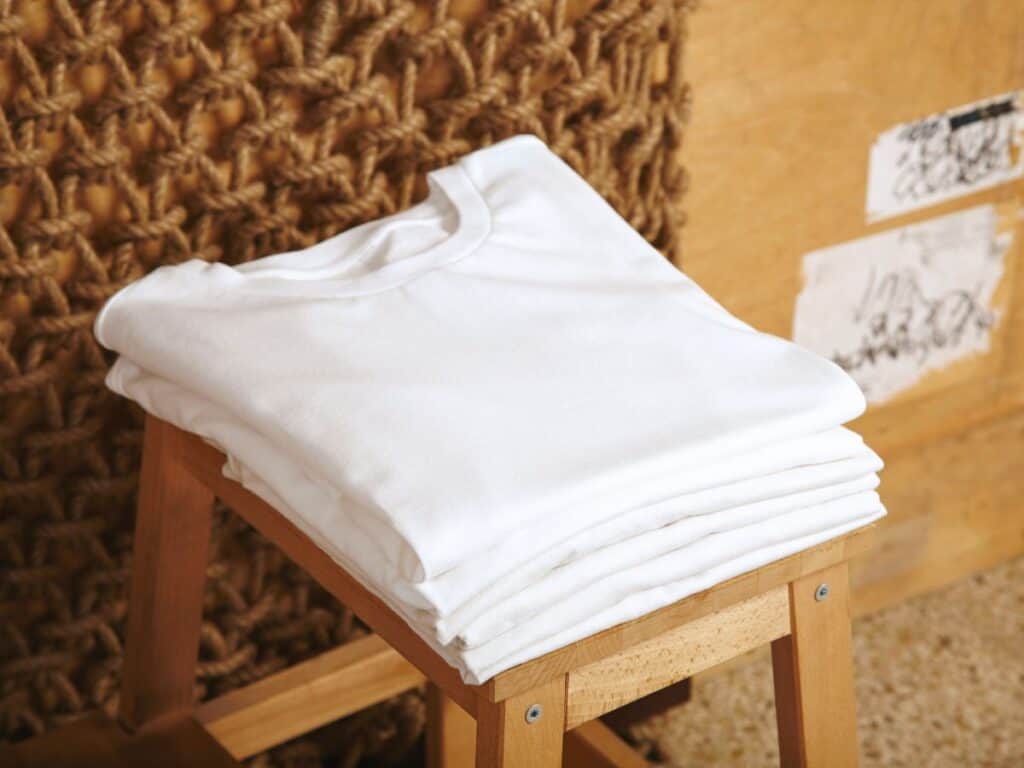
T-shirts handle a lot of sweating. They’re the perfect clothes to wear if you spend a lot of time outdoors and lead an active lifestyle. Moreover, they often double as homewear and can replace pajamas as comfortable clothes to wear to bed. But unlike pajamas, T-shirts are flimsy and can only tolerate so much sweat and dust.
If you don’t wash T-shirts every time you wear them, the armpits will change color and texture due to the excessive sweating they absorb and poor ventilation in that area. To be on the safe side, treat your T-shirts the same way you wash your underwear. They both can only handle one wearing at most. Cold water is ideal for these often-washed items of clothes to preserve their color.
Leather Jackets
You don’t have to wash your leather jackets.
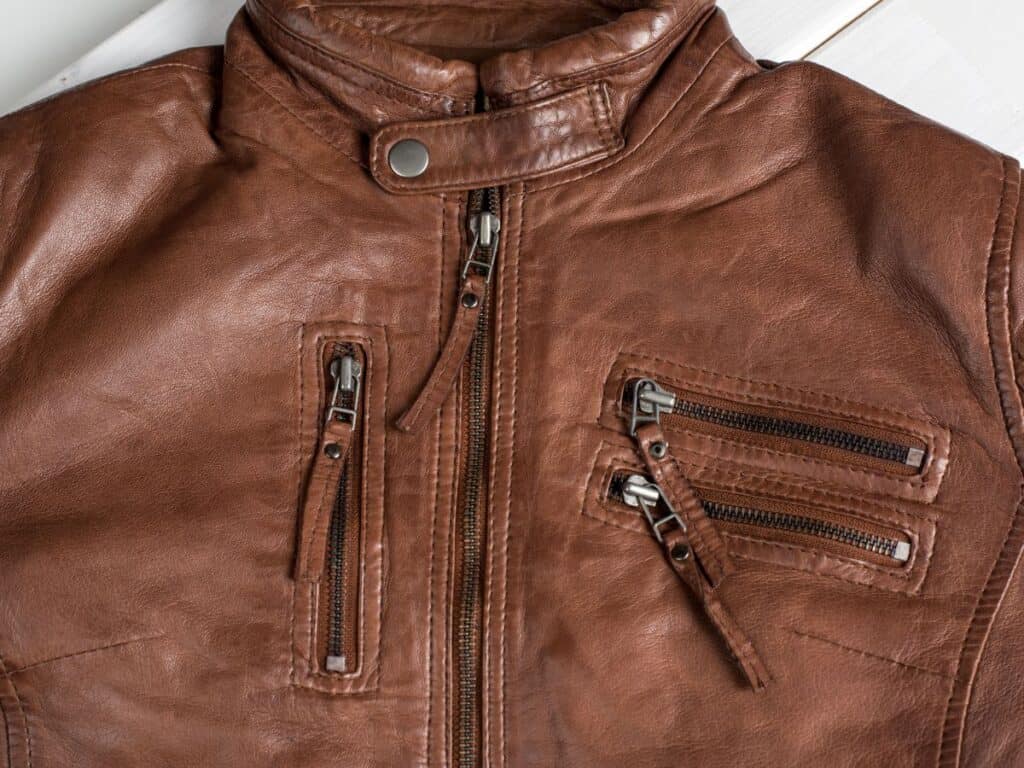
Leather jackets are the toughest items of clothing in your wardrobe. What makes them so dirt-resistant is the resilient outer surface that doesn’t absorb humidity or dust the way cotton or wool fabrics do. And on the inside, the jacket is insulated from the sweat by layers of clothing. And since you wear the jacket in cool weather, there’s even less chance of your body sweating while wearing it.
By the end of the winter, and before you store it, take the leather jacket to a professional cleaner. They’ll handle the cleaning part better without damaging the leather. If during the winter you get a stain on it, treat the stain with the right stain remover for leather, and don’t wash the whole jacket.
Sweaters
You should wash your sweaters after 6 wearings.
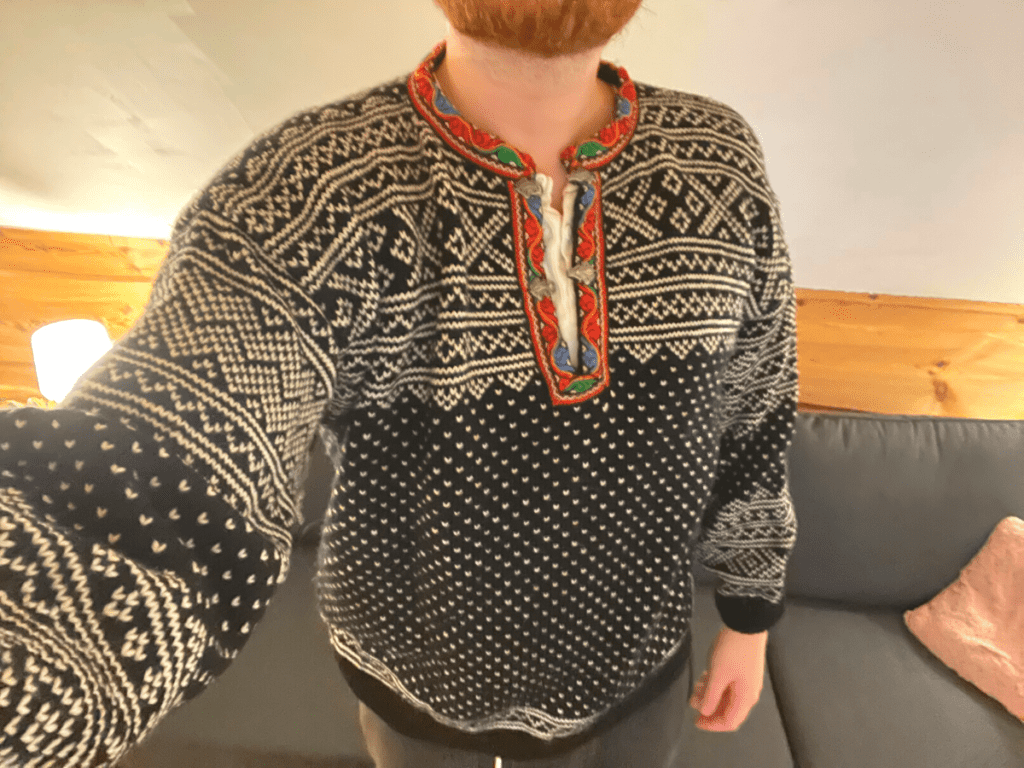
Sweaters are like leather jackets. You wear them over a few layers of clothes to insulate them from sweat and body odor. But unlike leather jackets, they’re made of absorbing fabrics such as wool, linen, and even cotton. These materials absorb dirt, smoke, and dust, which means you will have to wash the sweaters more often than you would the leather jackets.
If you wear the sweaters in relatively clean environments such as offices, then you can only wash them once or twice per season. Before you store them, wash them well to avoid stuffiness.
Swimsuits
You should wash swimsuits after each time you wear them.
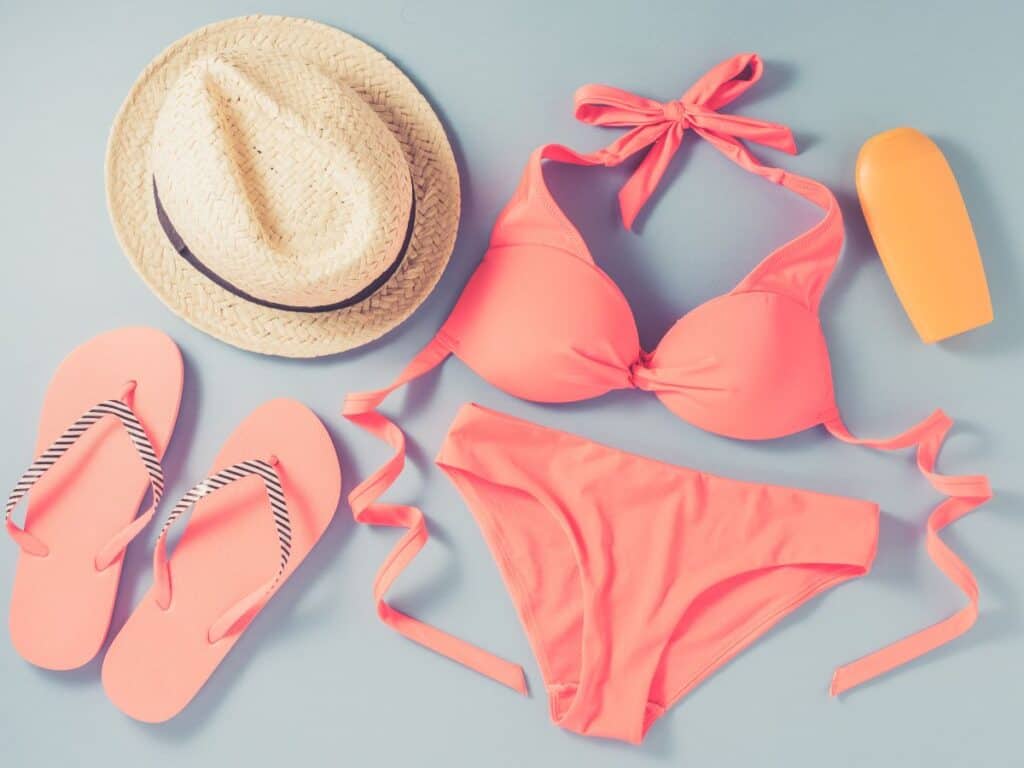
Swimsuits belong to the category of underwear. They’re exposed to chemicals in the water of the pool or the salt in seawater. In either case, they absorb more bacteria and pathogens than the levels considered healthy. The humidity and high temperatures turn the swimsuits into Petri dishes for bacteria. Unless you wash them after each wearing, they can cause diseases.
Because of the hazardous nature of the bodies of water you get into, including your own private swimming pool, you should wash your swimsuits in hot water and use antic-bacterial laundry detergents. Another reason to wash them regularly is the sunscreen you use often damages the fabric of the swimsuits.
Pajamas
You should wash pajamas after 3 wearings.

Pajamas are comfortable clothes to wear to bed. Even if you wear them around the house, they usually are exposed to less dirt and sweating than clothes you wear outside. But if you sleep in them, chances are they’ll absorb a lot of sweat at night. So to be on the safe side, you should wash them after 2 to 3 wearings. It all depends on the weather and how much you sweat in your sleep.
The sturdy fabrics can handle excessive washing and will not fade quickly. Even if they do, you can still wear them to bed without thinking too much about the faded colors or how loose they have become. Always wash them in cold water.
Leggings/Yoga Pants
You should wash leggings and yoga pants after 2 wearings.

The idea is you wear leggings and yoga pants for workouts. If you exercise in them and sweat heavily, then wash them after each workout. If you wear them to go out, then treat them like any other dress pants. In the end, it all comes down to your personal judgment. You should always strike a good balance between hygiene and saving the environment.
Each time you put the laundry in the washer, you consume energy and water. You also expose the clothes to chemicals that impact their color and texture. At the same time, sweaty clothes are a health risk if kept in the wardrobe with the number of germs they carry.
I also wrote a whole article on what happens when you wear dirty clothes that may interest you.
Tips for Cutting Back on Laundry
The benefits of cutting back on laundry outweigh the risks. Think of the lower utility bills and how each load of laundry less, you’re helping the environment. Here are a few tips and tricks to help you cut down on laundry.
- The comfy homewear you slip into after you get home from work can handle more than one wearing before you throw it into the hamper. Hang it to air every night, and it will always feel fresh for a few evenings.
- Use cold water to wash most clothes. Cold water will preserve the color and integrity of the fabrics, and it cleans just as well as hot water.
- Bras don’t require frequent washing as underwear.
Conclusion
Doing the laundry is a necessary task to get rid of stains, sweat, and dirt and make the clothes fresh and wearable again. However, overwashing increases the wear and tear and causes the clothes to fade. Knowing how often or little you should wash your clothes can save you a lot of money on utility bills, new clothes, and helps you conserve energy and save the environment.
Next, you can check out my guide on what temperature you should use on your clothes.

I’m an expert wardrobe organizer and a bit of a clean freak. I created this website and its YouTube channel to share practical guides about laundry and organizing. My teachings have been featured in multiple large news publications, and I’ve self-published two wardrobe organizing books and an entire course on the subject.

